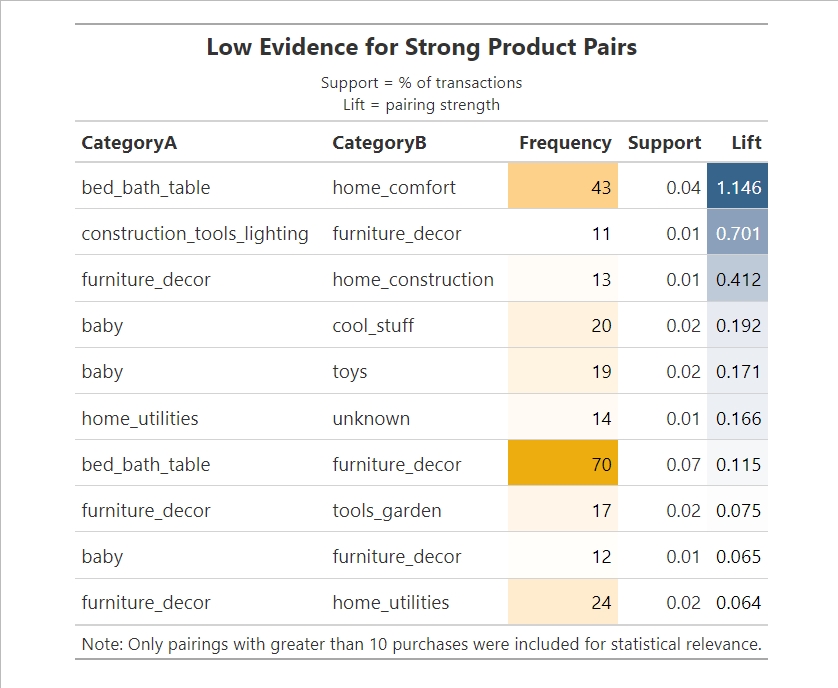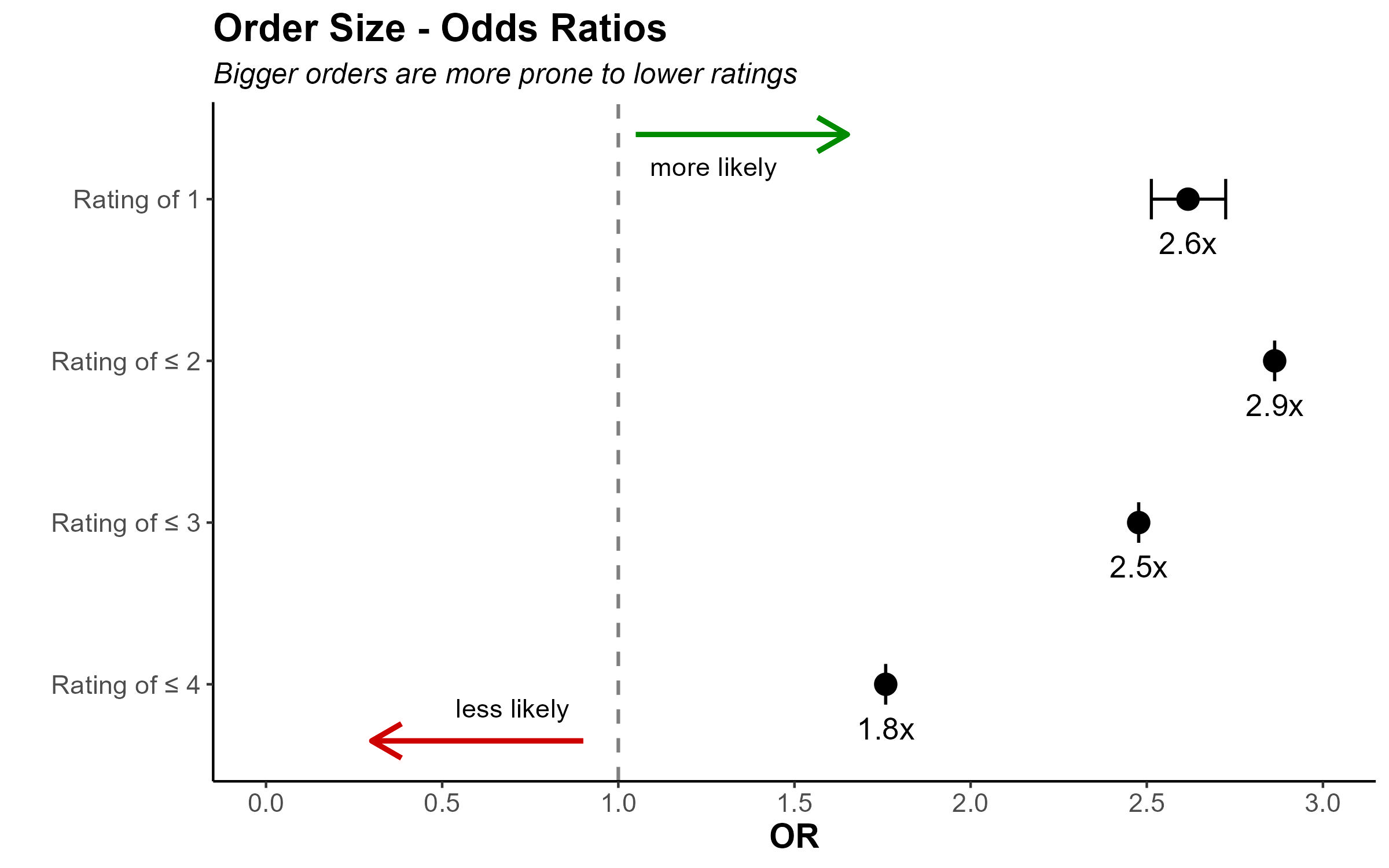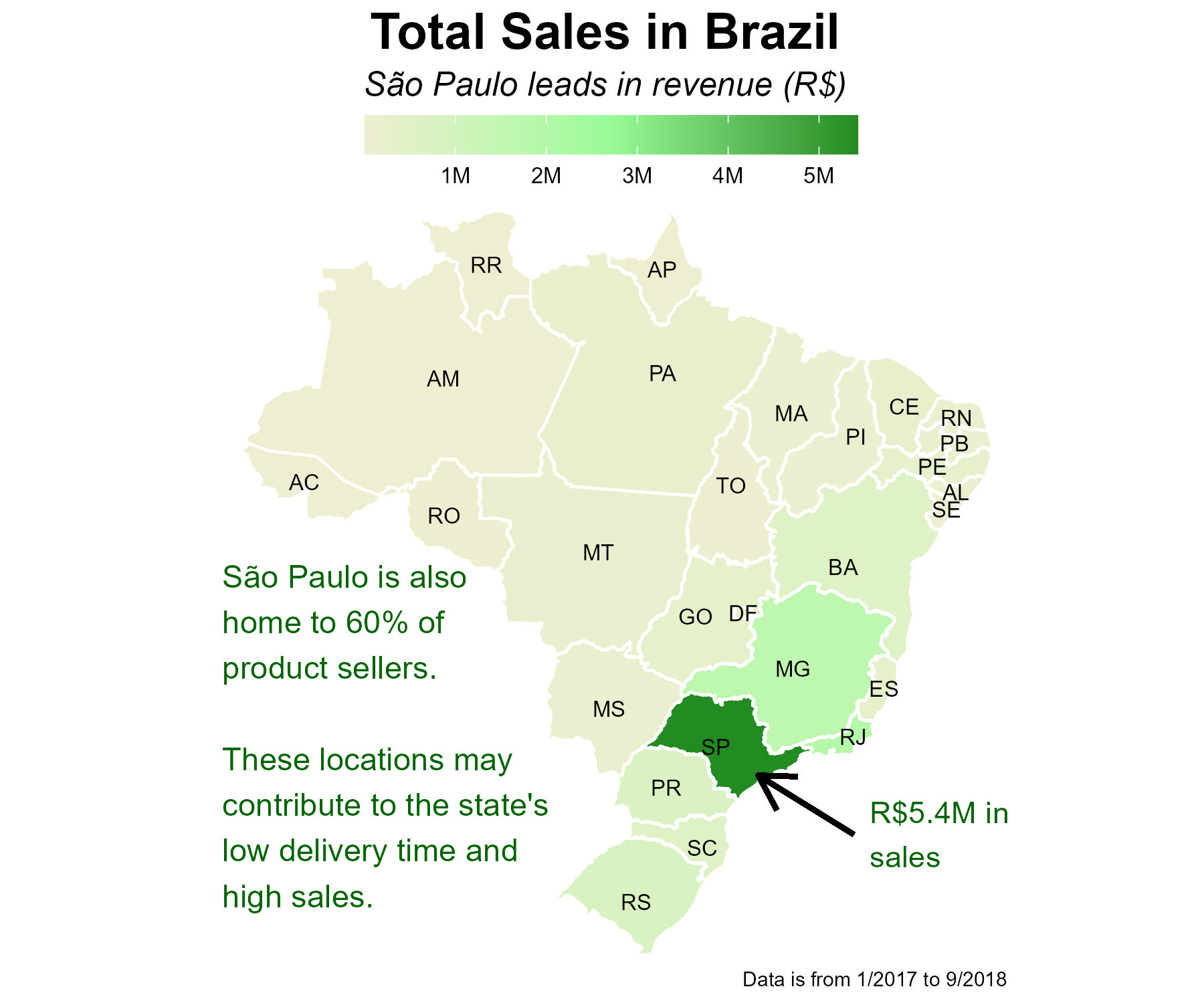Solving real problems.
Solving real data.
I aim to suggest improvements and opportunities for increasing sales, refining logistics, and developing customer retention. I hope to convey this info to you in a way that is both digestible and insightful.
This analysis was built with YOU in mind. Enjoy exploring!





